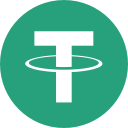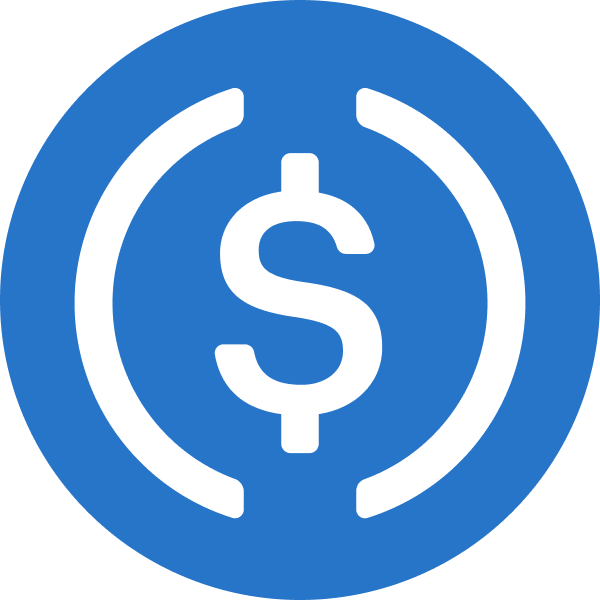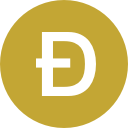
THORChain
RUNE
THORChain is not supported by Coinbase.

Market
About THORChain
Related Assets
THORChain Calculator
Coinbase Bytes
THORChain is on the decline this week.
The price of THORChain has increased by 1.17% in the last hour and increased by 10.68% in the past 24 hours. THORChain’s price has also fallen by 7.25% in the past week. The current price is $5.41 per RUNE with a 24-hour trading volume of $532.50M. Currently, THORChain is valued at 74.58% below its all time high of $21.26. This all-time high was the highest price paid for THORChain since its launch.
The current circulating supply of THORChain is 335,178,433 RUNE which means that THORChain has as total market cap of 335,178,433.
FAQ
Discover ENS Profiles
Navigate the world of Ethereum Name Service (ENS) profiles. Connect, learn, and engage with the web3 community on profile.coinbase.com. Check out some of the most popular ENS profiles below.
Certain content has been prepared by third parties not affiliated with Coinbase Inc. or any of its affiliates and Coinbase is not responsible for such content. Coinbase is not liable for any errors or delays in content, or for any actions taken in reliance on any content. Information is provided for informational purposes only and is not investment advice. This is not a recommendation to buy or sell a particular digital asset or to employ a particular investment strategy. Coinbase makes no representation on the accuracy, suitability, or validity of any information provided or for a particular asset. Prices shown are for illustrative purposes only. Actual cryptocurrency prices and associated stats may vary. Data presented may reflect assets traded on Coinbase’s exchange and select other cryptocurrency exchanges.






















































